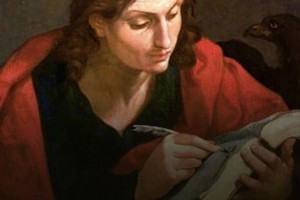
Max focused on the case for the authorship of John’s gospel. He correctly noted that Clement of Alexandria (c. 150–215) attributed the authorship of the fourth gospel to someone named John: “John, last of all … composed a spiritual Gospel” (quoted by Eusebius, Eccl. Hist. 6.14.7). But who is this “John” described by Clement? As Max writes, “Those who doubt apostolic authorship take their point of departure from a quote of Papias (c. 60–130) by Eusebius (c. 260–340). Papias appeared to refer to a John other than the apostle: ‘And if anyone chanced to come who had actually been a follower of the elders, I would enquire as to the discourses of the elders, what Andrew or what Peter said, or what Philip, or what Thomas or James, or what John or Matthew or any other of the Lord’s disciples; and the things which Aristion and John the Elder, disciples of the Lord, say’ (Eusebius, Eccl. Hist. 3.39.4–5, emphasis added).”
Max then takes the time to assemble the evidence related to the authorship of this gospel, making the case in a fashion very similar to how I might make a case for a particular point in a criminal trial. Check out his reasoning:
1. The author identified himself as “the disciple whom Jesus loved” (21:20, 24), a prominent figure in the Johannine narrative (13:23; 19:26; 20:2; 21:7, 20).
2. The author used the first person in 1:14, “we have seen his glory,” revealing that he was an eyewitness to the accounts contained in his Gospel.
3. The “we” of 1:14 refers to the same people as does 2:11, Jesus’ disciples. Thus the writer was an apostle, an eyewitness, and a disciple of Jesus.
4. Since the author never referred to himself by name, he cannot be any of the named disciples at the Last Supper: Judas Iscariot (13:2, 26–27), Peter (13:6–9), Thomas (14:5), Philip (14:8–9), or Judas the son of James (14:22).
5. The disciple that Jesus loved is also one of the seven mentioned in the last chapter: “Simon Peter, Thomas (called ‘Twin’), Nathanael from Cana of Galilee, Zebedee’s sons, and two other of his disciples” (21:2; see 21:7).
6. Peter and Thomas have already been eliminated. Nathanael is also ruled out as a possible author since the author remains unnamed in John’s Gospel.
7. The author must be either one of “Zebedee’s [two] sons” or one of the “two other of [Jesus’] disciples.”
8. Of the two sons of Zebedee, James and John, James can safely be ruled out since he was martyred in the year 42 (see Acts 12:2).
9. This leaves John the son of Zebedee as the probably author of the Gospel. Irenaeus (c. 130–200): “John the disciple of the Lord, who leaned back on his breast, published the Gospel while he was a resident at Ephesus in Asia” (Against Heresies 3.1.2).
Well done. Circumstantial cases are not built on a singular piece of direct evidence. Instead, they are assembled from a collection of reasonable inferences. In our state of California, jurors are instructed, “If a witness testifies he saw it raining outside before he came into the courthouse, that testimony is direct evidence that it was raining.” In essence, this testimony (if it is trustworthy) is enough, in and of itself, to prove that it is raining. But you can also conclude it’s raining on the basis of circumstantial evidence. Jurors are also instructed, “For example, if a witness testifies that he saw someone come inside wearing a raincoat covered with drops of water, that testimony is circumstantial evidence because it may support a conclusion that it was raining outside.” While potentially incomplete, the case for John’s authorship is none-the-less sufficient. Share on X
Max has done a good job of assembling facts that reasonably demonstrate the Apostle John is the author of the fourth gospel. Is the available evidence “complete”? No, but I’ve never worked a case where every piece of possible piece of evidence was available for consideration. While potentially incomplete, the case for John’s authorship is none-the-less sufficient. It’s reasonable. It’s reliable. It meets the standard I’m most concerned about: beyond a reasonable doubt. Good job Max, you’re a fine circumstantial case maker.
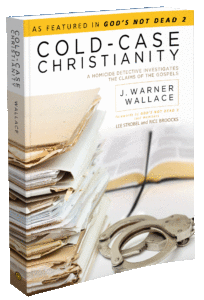
J. Warner Wallace is a Dateline featured Cold-Case Detective, Senior Fellow at the Colson Center for Christian Worldview, Adj. Professor of Christian Apologetics at Talbot School of Theology, Biola University, author of Cold-Case Christianity, God’s Crime Scene, and Forensic Faith, and creator of the Case Makers Academy for kids.
Subscribe to J. Warner’s Daily Email
Save
J. Warner Wallace is a Dateline featured cold-case homicide detective, popular national speaker and best-selling author. He continues to consult on cold-case investigations while serving as a Senior Fellow at the Colson Center for Christian Worldview. He is also an Adj. Professor of Christian Apologetics at Talbot School of Theology, Biola University, and a faculty member at Summit Ministries. He holds a BA in Design (from CSULB), an MA in Architecture (from UCLA), and an MA in Theological Studies (from Gateway Seminary).














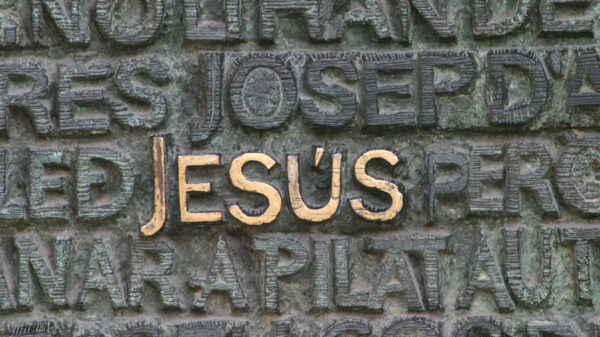


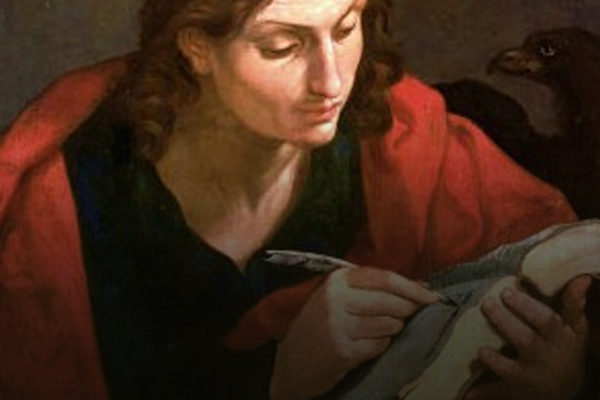








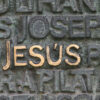





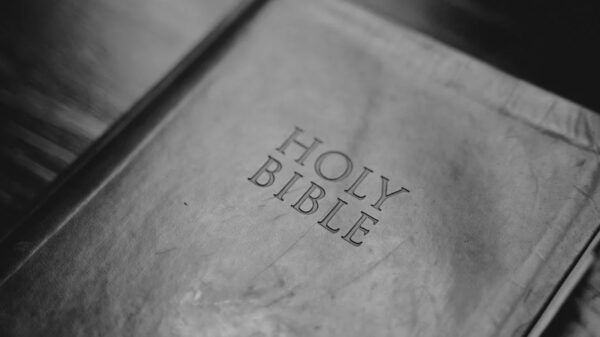
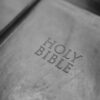







Pingback: The Circumstantial Case For John’s Authorship « A Reasonable Hope
Pingback: How Could John, a Poor, Uneducated Fisherman, Write the Gospel of John? | A disciple's study
Pingback: How Could John, a Poor, Uneducated Fisherman, Write the Gospel of John? | Apologetics ForumApologetics Forum
Pingback: Can Textual Criticism Tell Us Who Authored the Gospels? | Cold Case Christianity
Pingback: How Could John, a Poor, Uneducated Fisherman, Write the Gospel of John? | Cold Case Christianity
Pingback: The Circumstantial Case For John’s Authorship | TLG Christian News
Pingback: Who Wrote the Gospel of John? | Christianity 201